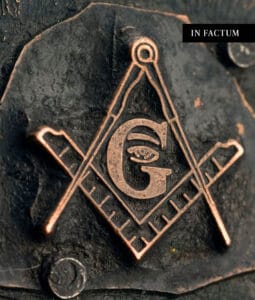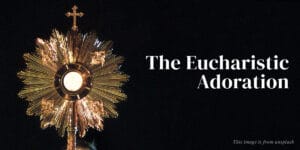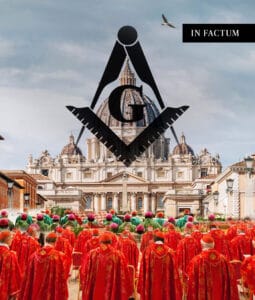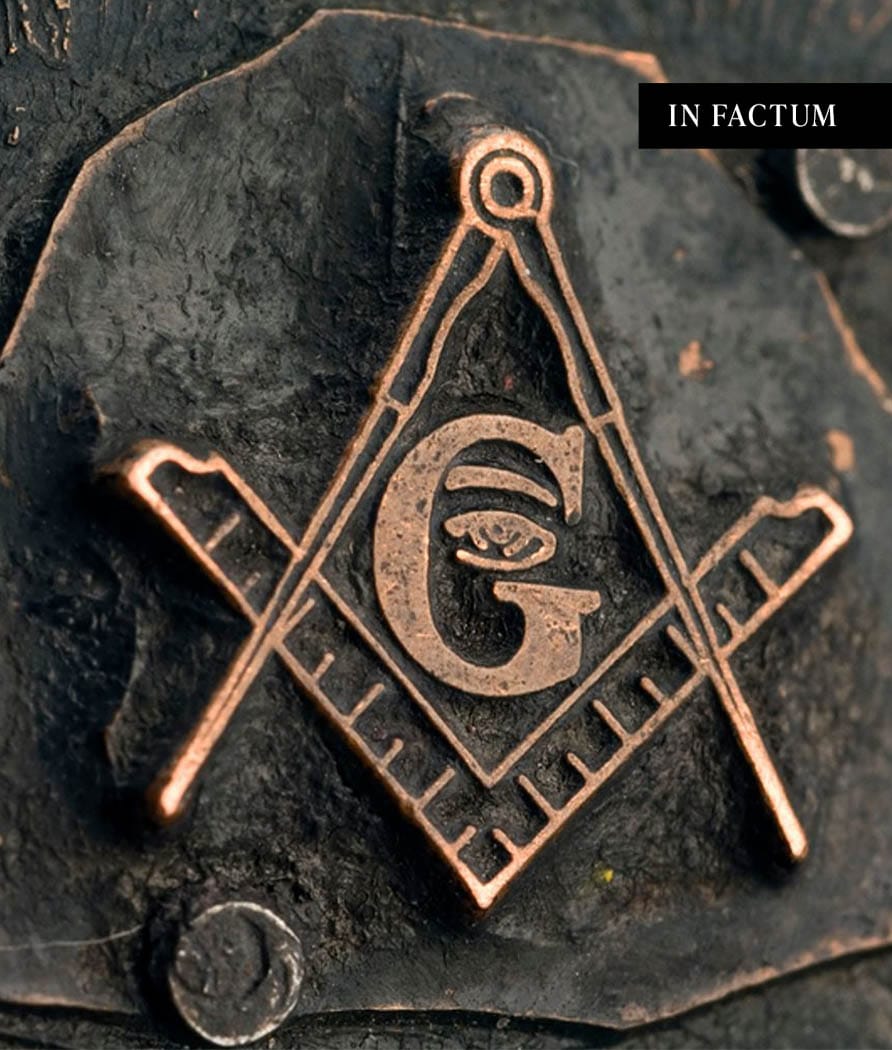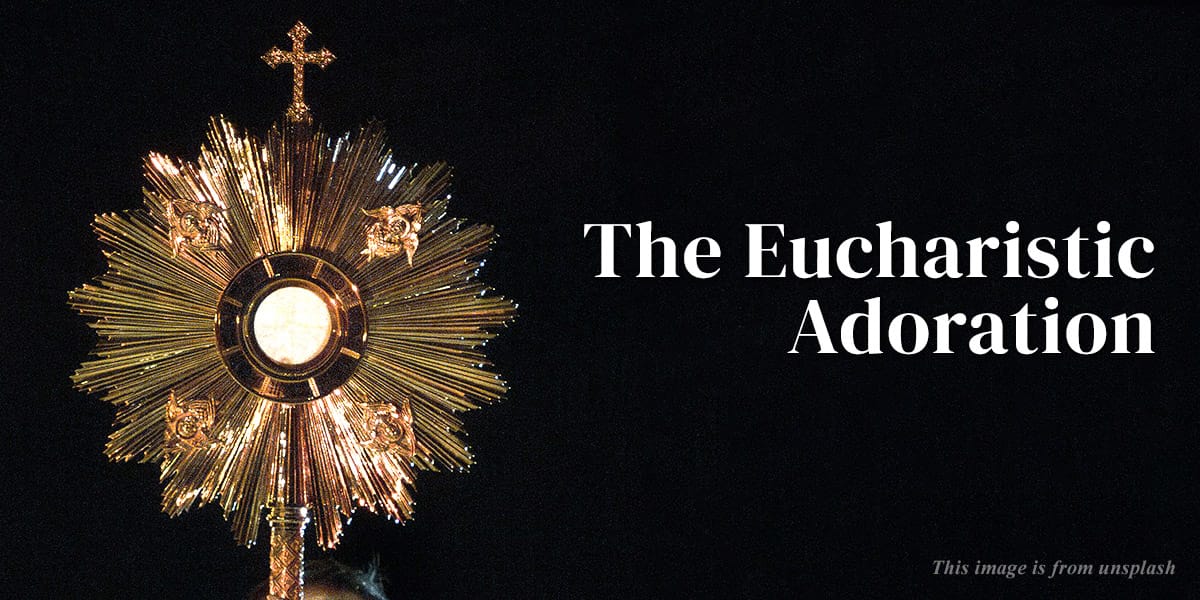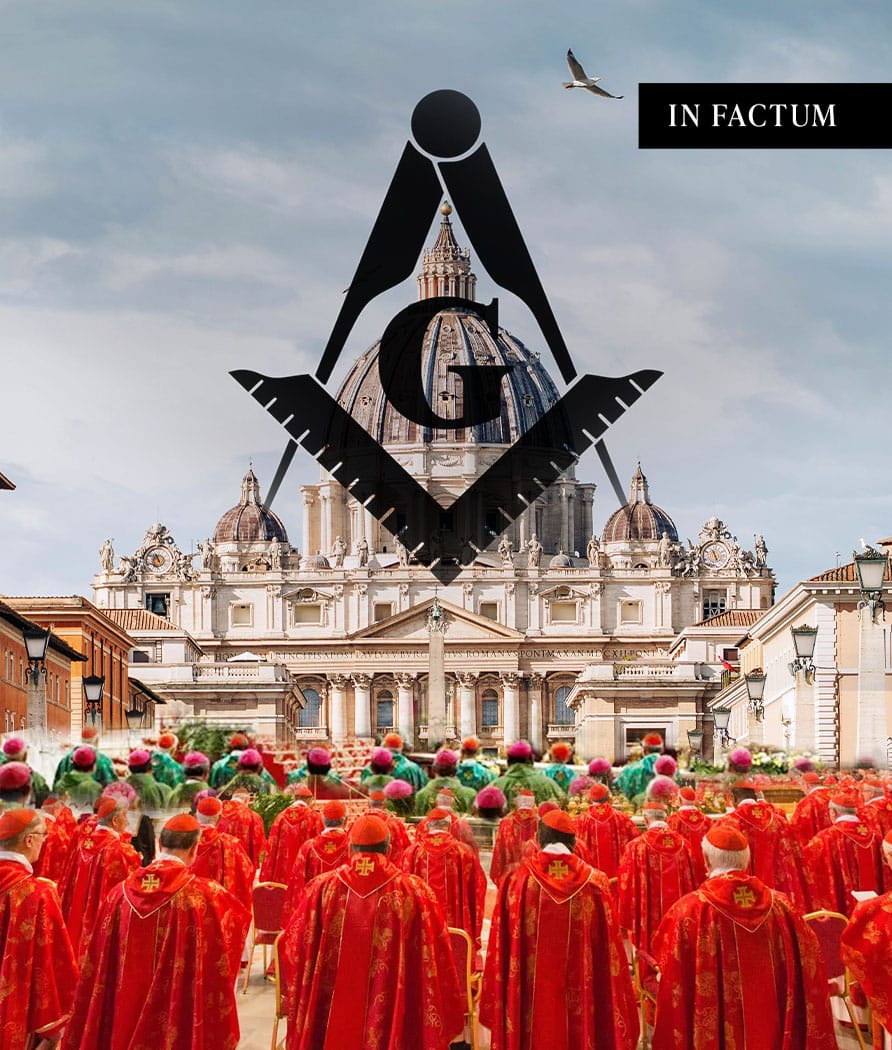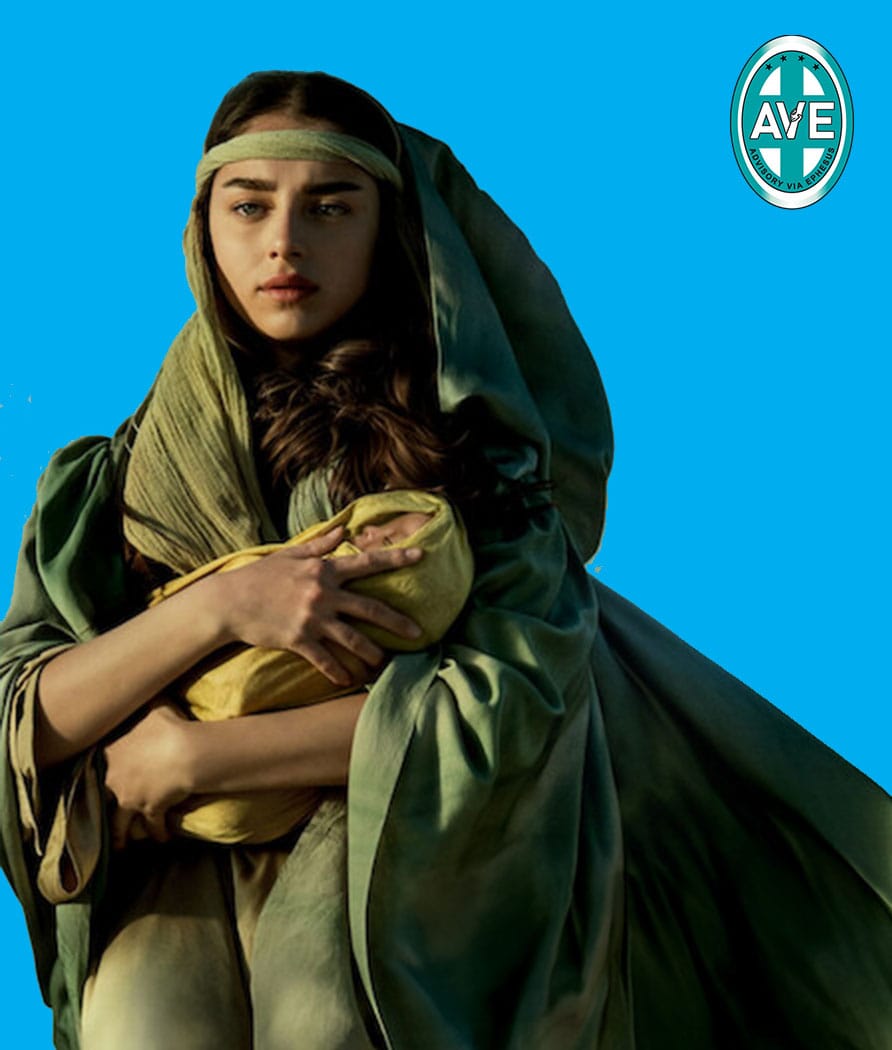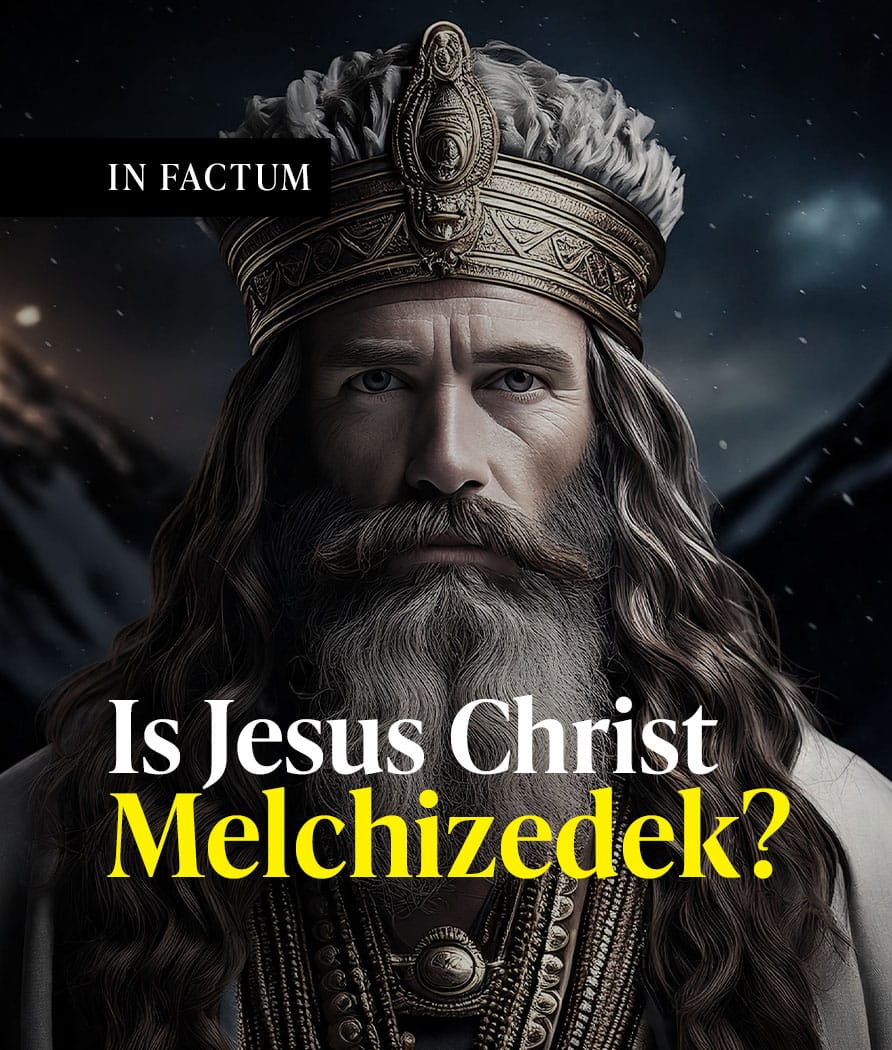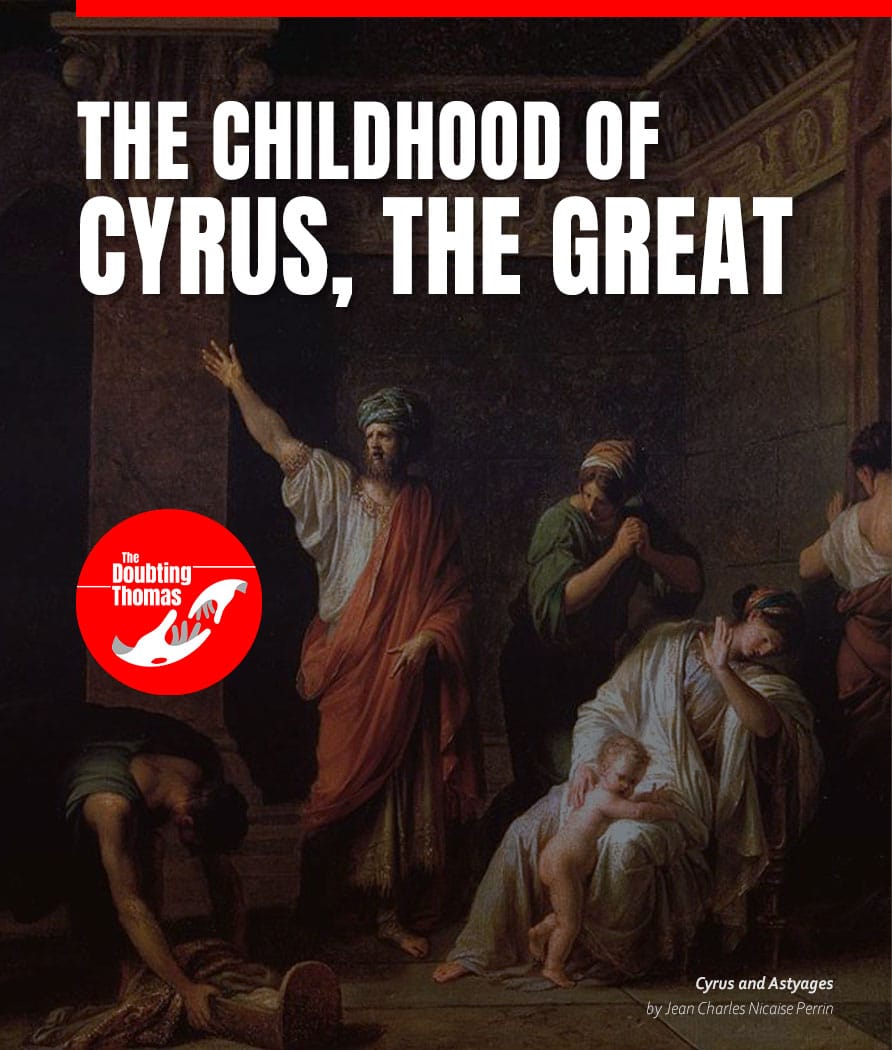So, indeed Le Puy is the start of “El Camino” or “The Way”; the pilgrimage that begins in France and ends at the tomb of St. James, the Great in Compostela, Spain. In 46AD, the disciples sent by St. Peter had already reached a large span of evangelization which included the area of Velay which was part of Gaul which is now France. Which is why France is considered the first daughter of the Church rivaled only by Armenia because even the siblings from Bethany: Mary, Martha and the resurrected Lazarus were brought by this boat to Gaul during the time of persecution and diaspora from Jerusalem.
In 70 AD, a woman was afflicted with a terrible incurable sickness and dreamt that she will get cured if she will go to Mt. Anis and pray for healing. The woman whose name was VIlla indeed went to the site and even if she was too weary from travel, as she was sick, prayed right away upon a large rock when she fell asleep after pouring her heart out. When she woke up, Villa found herself completely cured and offered right away a thanksgiving prayer. It was during this time that a majestic lady appeared with her son, Wondering who she was, and still in astonishment, she asked the accompanying angels who the Lady was. She was told that it was from her that she has the gratitude for being healed as she requested the Son she carried. Prostrating herself before the Lady and Child whose crowns were resplendent with precious stones she was told that the Lady was indeed the Mother of God. And so, it was there in Puy, on Mt. Anis, where the dogma not just defined by the pope, but by the angel that the Virgin Mary, blessed as she is, is indeed the Mother of God.
For who could remove the Divinity of the Son of God from His Person as defined in the Council of Ephesus, rightfully avenging her honor from the false belief in the goddess Diana by the Ephesians before their conversion to Christianity.
Villa was told to tell the bishop about the apparition, the third in the history of the church and of course, the woman now totally healed informed St. George the Bishop of Velay of the event. The bishop along with some clergymen ascended Mt. Anis. In their ascent to the exact spot, they were filled with awe because although it was summer, the spot was laden with snow and they were still falling generously on just the very site where the woman was cured. Although St. George was already convinced that the prodigy was heavenly, one of the clergymen warned against the possibility of enchantment. As doubt set in, a large stag appeared and impressed them with a praxis or stance on the points where St. George believed a church should be built. Hence, the good bishop was enabled to fence the future site of the Shrine of Puy after which the snow along with the stag vanished from their sight.
But it took a long time before a papal approval would be given to the shrine to be built on the site of the apparition. With the total recovery of a paralyzed woman who was also instructed in a dream to be brought into the apparition site, Pope Callistus I approved the building of a church shrine in 221 AD given to St. Evodius with St. Martial already the one responsible for building it. The same saint is responsible for bringing a sandal (one of the pair) of the Blessed Virgin Mary as a sacred relic to dedicate the shrine. During the dedication of the church itself, St. Martial had logistical problems and so he went about asking for help from the wealthy people. At nightfall when he returned to the shrine, sad because of the slow and dubious response of the wealthy, he found the church lit up by 300 torches and the altar already perfumed with the oil of dedication, Falling on his knees in awe and gladness, he sought the answers. Who may done the consecration for he was away even as he prepared for it. But an angel appeared and told him that the Good Lord Himself consecrated the shrine in honor of His monther accompanied by the angels who lighted the torches.
After this great blessing, St. Martial was given another test of faith. As he descended Mt. Anis, he met two elderly men carrying a chest full of precious stones. Then told him that the precious stones were for the dedication of the shrine. But St. Martial said no, the Church had been dedicated and did not need the precious stones any longer. Once he said this, and they were gone.
The Church is also known as the Church of Angels because of the 300 torches they lit there when they accompanied The Lord. St. Anthony of Padua, St, Dominic de Guzman and St. Vincent Ferrer made their pilgrimage there. In 772, Emperor Charlemagne visited there and once again in 800 to start the “Peter pence” or receiving donations in support of the Pope, St. Leo IX prescribed it as a pilgrimage site for those going on crusades so that the family they would be leaving will be protected by Our Lady just in case they do not return home. Bishop Adhemar de Monteil, donning the cross of a crusader, joined Godfrey de Bouillon to recapture Jerusalem. It was here in 1095 when the former heard the angels sing “Salve Regina” which came to us complete through St. Bernard Calirvaux; indeed the anthem of Puy.
King Louis IX of France met the King of Aragon (Spain) here in 1245. The former, a sainted crusader, gave the shrine the famous ivory image of Our Lady of Puy, which he took from the Palestinians who venerated it despite their religion. This was the image of Our Lady sitting on a throne with The Child Jesus sitting on her lap but straightly facing worshippers, not the phraxis of the child on one side. This was however destroyed by atheistic elements of the French Revolution in 1793. What is in Puy today is a rededicated replica. In 1860, a giant Madonna and Child was erected in Puy to the worldly acclaim of world pilgrims. Today, Le Puy continues to bless many pilgrim lives as we journey in this life; cures, conversions, reconciliations as well as other miracles.
Le Puy is amazingly a unique indicator of human life as a journey. It is the only church directly dedicated by Heaven. Our Lady’s sandal also indicates journey; a pilgrimage. The angelic torches remind us of the night pilgrims’ torches. Their number 300 does not remind us of the 300 heroic Spartans or Gideon’s 300 who also lapped water like dogs but the 300 angels that accompanied Ultimate Bishop of bishops from the Order of Melchizedek. Indeed, its salient value outlives the time of the Crusades as the 200 enemy artillery cannons brought from the Crimean War. The spiritual journey of men as Jose Maria Escriba de Balaguer’s “The Way” re-echoes the “El Camino” beginning at Puy. That is why today Le Puy re-echoes an anthem that calls to mind Our Lady’s succor during times of pestilence, war and calamities as it does in Le Puy.
How blessed of me to have written this on the feast of Our Lady of Perpetual Help! How blessed of me to have written about Le Puy even when its feast day and jubilee are still far away.

